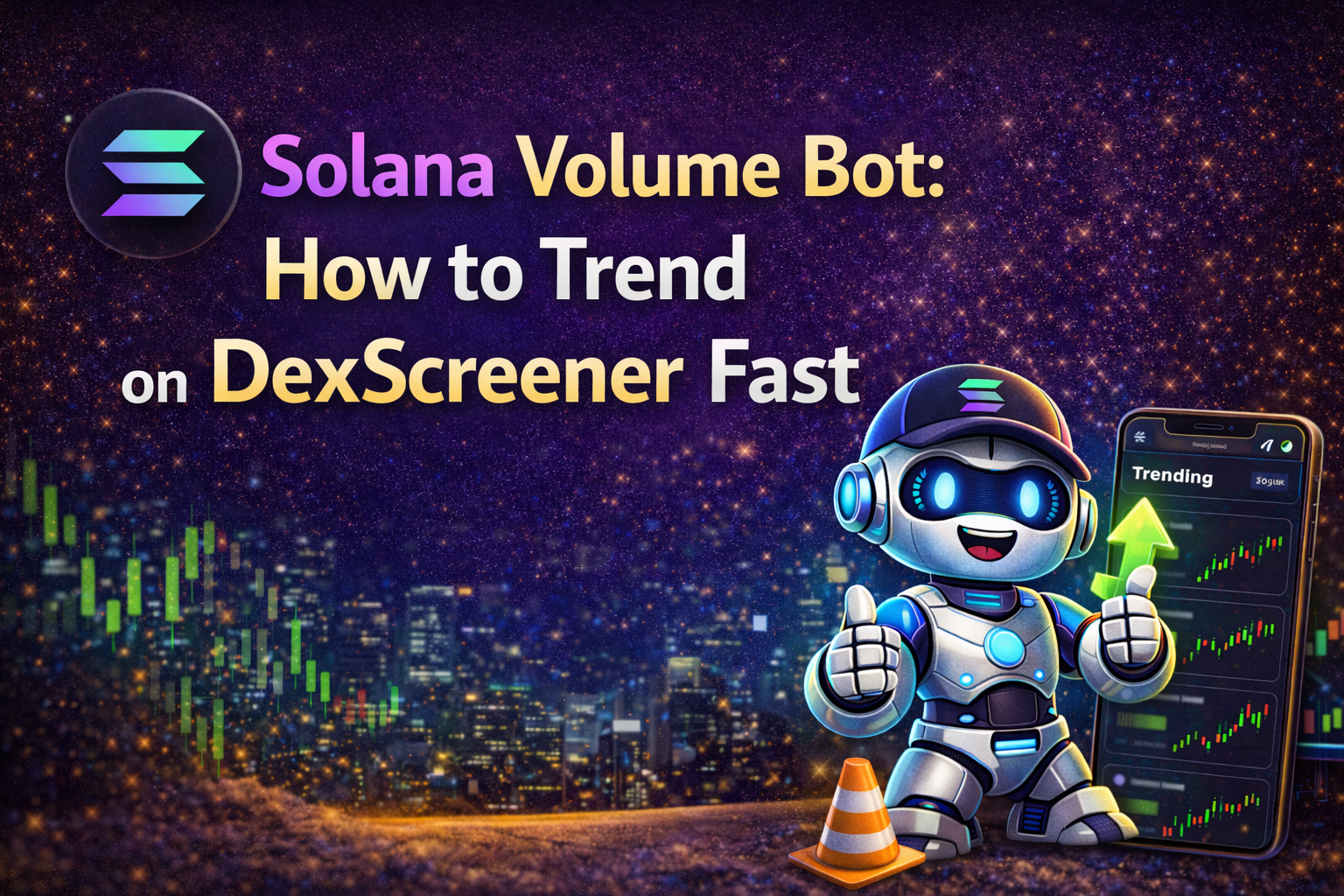Table of Contents
The "inverted cup and handle" is a bearish chart pattern that suggests a potential continuation of a downtrend. It is essentially the upside-down version of the bullish cup and handle pattern, and it's used by traders to predict further declines in the price of an asset after the pattern completes. Here’s how you can recognize and interpret this pattern:

Structure
The inverted cup and handle pattern consists of two main parts:
- The Cup: This forms after a price decline and resembles an inverted rounded bowl or a "n" shape. It represents a period where the price consolidates or moves sideways after an initial downtrend, followed by a slight upward drift, and then a decline back down to the original start point of the increase. The inverted cup should have a smooth, rounded top and not be too shallow compared to the trend that preceded it. The duration of the cup can range from several weeks to many months and often indicates a consolidation phase where the market is reassessing its position before continuing the prior trend.
- The Handle: After the formation of the cup, the price forms a small upward drift, creating a "handle." This part of the pattern is typically shorter and shallower than the cup. It should not rise into the upper half of the cup and is usually seen as a final consolidation before a breakdown. The handle often takes the form of a rising triangle or a tight price channel.
Significance
This pattern is significant because it represents a bearish continuation, suggesting that after a period of consolidation, the prevailing downtrend is likely to resume. The handle portion allows for distribution of the asset while attracting late buyers before the downward movement continues.
Trading Considerations
- Entry Point: Traders often look for entry points once the price breaks below the handle’s support, as this breakout can confirm that the downtrend is likely to continue.
- Volume: Volume should diminish during the formation of the handle and increase significantly during the breakdown, supporting the price decrease.
- Target Price: The target price after a breakdown can be estimated by measuring the depth of the cup and projecting that distance downward from the point of breakdown.
- Risk Management: It's important to consider a stop-loss order above the handle to protect against the possibility that the expected breakdown fails.
The inverted cup and handle pattern is valued due to its relative reliability in identifying continuation of a downtrend. However, as with all trading strategies, it's most effective when used in conjunction with other technical analysis tools to confirm trends and potential sell signals.







